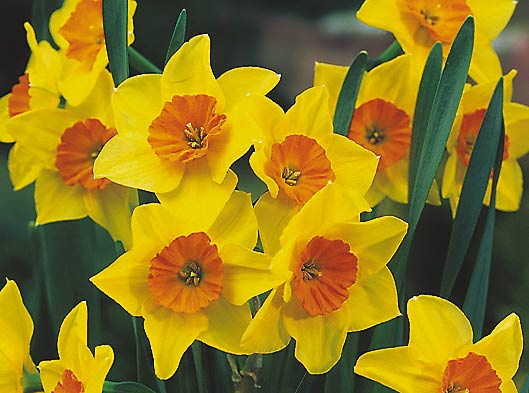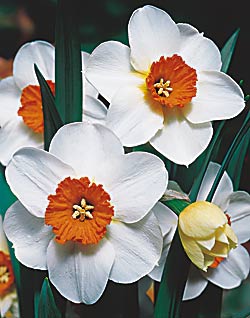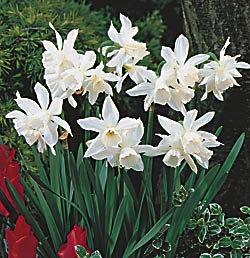My white pines are maturing and smothering the lawn with pine needles underneath. They were originally planted by the former owner as a privacy/sound barrier. They are beautiful but take up an ever-increasing amount of landscaping and gardening space. If I only cut off the lowest line of branches, what shrubs will adapt to all the falling pine needles and shade to keep our vision and sound of the road behind us to a minimum? Anything that flowers or has good fall color would be a bonus. J.S., Novi
White pines shed needles just like deciduous trees shed leaves. And as the pine tree grows, the once dominant lawn begins to shrink and decline. Lawn turf needs sun and water to thrive, neither of which it will get under an ever-expanding pine. So don’t try to resuscitate any lawn under the canopy. If the trees have not become misshapen as they’ve grown together, it might be feasible to remove one or two to allow the others to complete the job of filling in. There is a plus to those pine needles. They make great winter protection not only for the pine tree, but also for other perennials and plants in your landscape. Use some of the abundance as mulch and acidifying compost around plants in other garden beds.
Understand that the best noise barrier and privacy fence you have is leaving the pines alone. Perhaps a focal point bed placed several feet in front of the pines and bermed a couple feet above the plane of the lawn may offer you that colorful relief. The pines would serve as a great green backdrop to a mix of seasonal flowering shrubs and perennials that you could enjoy all year without jeopardizing your natural screen.
If you still want to remove the lower line of branches, remember you are dealing with very dry shade and low light. Anything you plant must be out past the drip line of the pine tree by several feet in order to maximize its sun and water exposure. Be aware that even removing the bottom row of branches will not prevent the expansion of the pine tree canopy and width. Whatever you plant may have to be moved as the pine trees continue to grow. To maintain minimum road noise and privacy year-round, you might try a contrasting low-growing evergreen. One such drought-tolerant shrub is the juniper ‘Gold Star’ with yellow needles. You can intermix perennials such as variegated-leaved hostas to lend brightness to the shade. There are a number of perennials available today that would suit your conditions. However, most do not have four-season presence and will not replace the screening of the pine tree branches.




